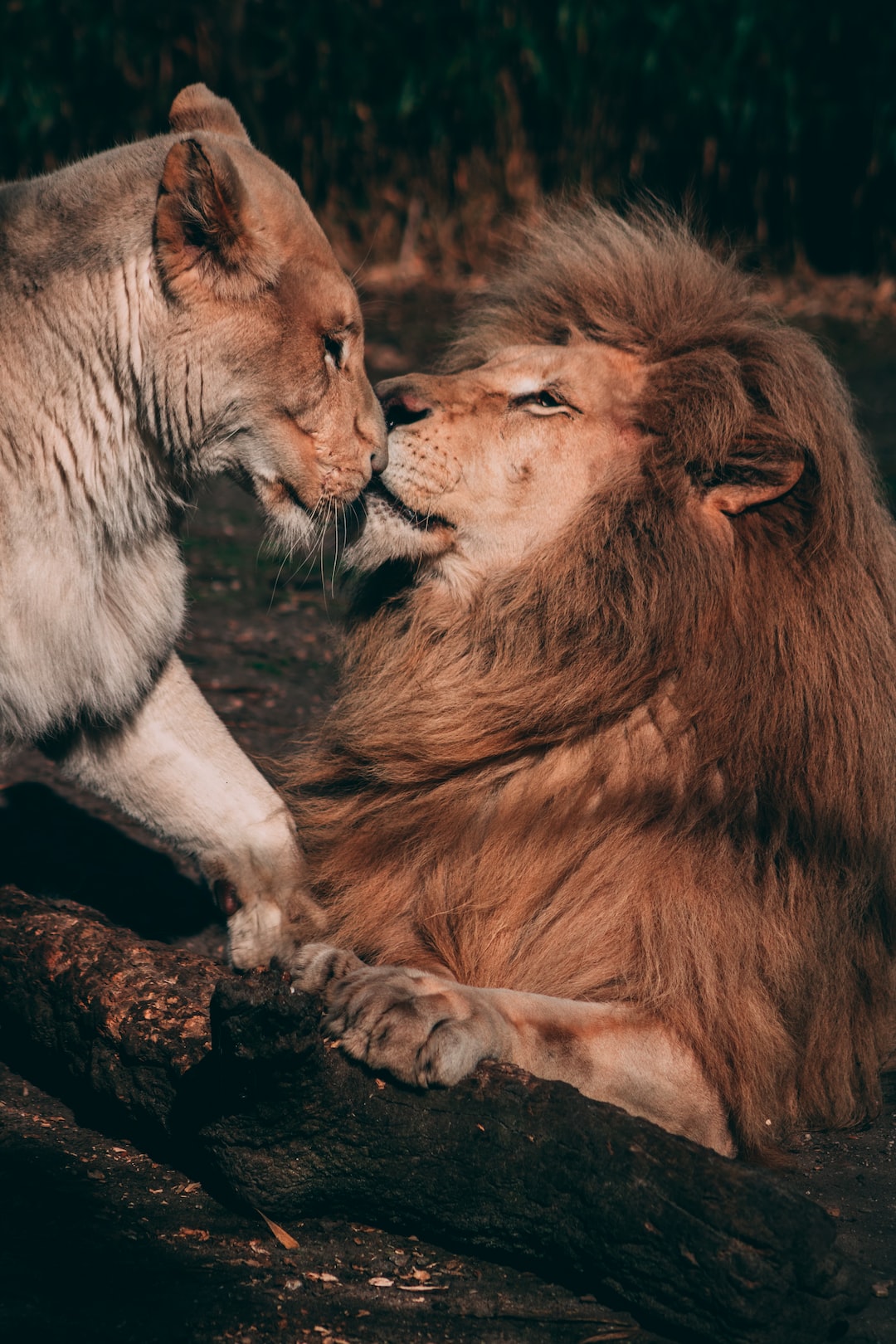Animal instincts are innate behaviors that are passed down genetically within a species. These behaviors are not learned, but rather they are etched into their DNA as a survival mechanism. While some of these behaviors might seem odd or curious to humans, they are essential for animals’ survival in the wild.
For example, when a predator approaches a prey, the prey may instinctively freeze, feeling that the slightest movement might alert the predator to their presence. This is a behavior that is often seen in deer, rabbits, and other prey animals. It is an innate behavior that is passed down through generations, as only those who had it survived long enough to pass it on.
Another curious behavior is migration. Some animals, such as birds and whales, travel thousands of miles each year during a particular season. This behavior may seem strange to us, but it is vital to their survival. For example, birds migrate to warmer climates to avoid the harsh winter weather and to find food that is unavailable in colder months.
The curious nature of animal instincts also includes the development of social hierarchies. Within a pack or herd, animals often have specific roles and know their place in the pecking order. This is essential for group cohesion and survival. By knowing their place, animals can work together more effectively to hunt, gather food, or protect each other from predators.
Another fascinating behavior is that of imprinting, which is the process of forming emotional bonds that can last a lifetime. For example, when a duckling hatches, it will imprint on the first moving object it sees, often the mother duck or another animal. This behavior is critical, as it ensures that the young animal knows who to follow and seek protection from predators.
Animal instincts are also evident in nesting behaviors. Some birds build elaborate nests, while others dig burrows in the ground. These behaviors are passed down from one generation to the next, and the animals instinctively know how to build their homes, where to build them, and how to protect them. This is essential for the survival of the species, as it provides shelter and protection for young animals.
In conclusion, animal instincts are a marvel of nature. They are innate behaviors that have developed over generations to ensure the survival of a species. While some of these behaviors may seem curious to us humans, they are essential for animals to thrive in the wild. Understanding these behaviors and their importance can help humans appreciate the beauty and complexity of the natural world.

